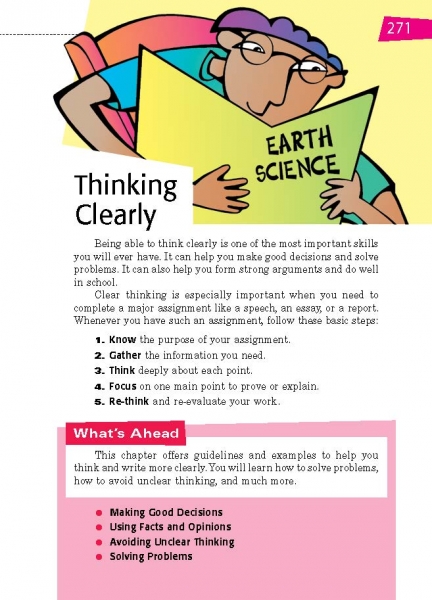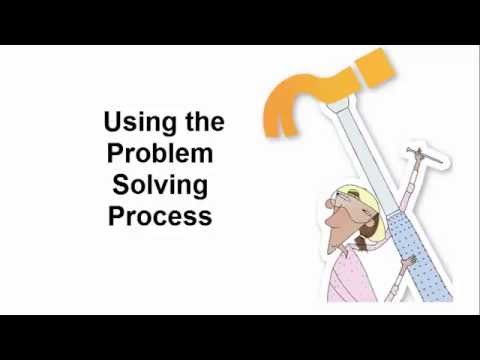Page 271 from

Start-Up Activity
List two or three statements that include unclear thinking and one example that includes clear thinking on your whiteboard. Here are some ideas:
- Drinking soda can cause all different kinds of diseases, so you shouldn't drink it. (Unclear because it jumps to a conclusion)
- It’s clear that the new sports policy is a good idea because a majority of the people at the meeting voted for it. (Unclear because it is based on the idea that if most people believe something, it must be true)
- The new morning bus schedule is contributing to an increase in tardiness at school. (Clear thinking because it can be supported with facts)
Ask for volunteers to distinguish the statement of clear thinking from those that include unclear or “fuzzy” thinking. Encourage responders to explain their choices. Then explain that this chapter will show how to avoid unclear thinking while writing.
Think About It
“Clear thinking becomes clear writing; one can't exist without the other.”
—William Zinsser
